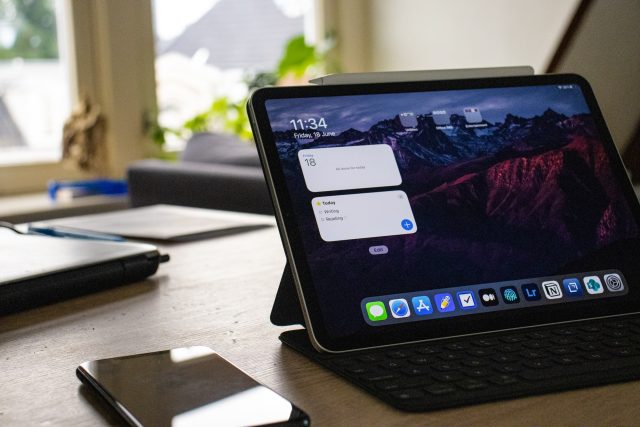When it comes to building a minimum viable product (MVP), there are a range of factors that can make or break your success. Many startups view MVPs as a quick and easy way to test their ideas and gain valuable feedback before investing significant time and resources into a full-scale product. And while the concept of an MVP can certainly bring some benefits to the table, it’s important to approach the process smartly and avoid some common pitfalls that can derail your efforts. This blog post will explore some of the most common mistakes that startups make when building an MVP and offer insights on how to avoid them. From not conducting enough market research to creating an MVP with too many features, we’ll dive into the nuances of the MVP process and help you navigate the obstacles that often arise along the way. Whether you’re just starting out with your MVP or looking to refine your existing approach, this post is for you. So grab a cup of coffee, sit back, and let’s jump in!
1. Ignoring User Research
Ignoring user research is a common mistake that many product teams make when building a minimum viable product (MVP). It can be tempting to jump right into product development and assume that you know exactly what your users want and need. However, failure to conduct thorough user research can result in a product that doesn’t resonate with your target audience. By understanding your users’ pain points, motivations, and behaviors through research, you can design a product that addresses their specific needs. Without user research, you run the risk of creating a product that is not user-friendly, doesn’t solve the intended problems, or doesn’t meet the needs of your target users. To avoid this mistake, it’s important to invest time in user research and incorporate it as a critical part of your product development process. This includes conducting surveys, interviews, and usability tests to generate insights that will inform your product development.
2. Not Prioritizing Essential Features
One of the most common mistakes when building a minimum viable product (MVP) is not properly prioritizing essential features. It can be tempting to try and include every feature and functionality that you think your potential users will want, but this approach can quickly lead to bloated and overly complex products that fail to resonate with users. Instead, it is essential to identify and prioritize the must-have features that are necessary for launching a successful MVP. This involves understanding your target user’s pain points and determining the core functionality that addresses those points. By prioritizing these essential features, you can create a lean and effective MVP that resonates with your target audience and lays the foundation for future iterations. It is important to remember that an MVP is meant to test the market and gather feedback, so focusing on essential features is key to achieving this goal in a successful way.
3. Failing to Test Early and Often
When building a minimum viable product (MVP), one of the most common mistakes is failing to test early and often. It is essential to test your product to ensure that it meets the needs of the end-users and identify problems before it’s too late. Waiting until the end of the development process to test the product can result in significant delays and expenses. Instead, incorporating testing early on can help identify issues and address them more efficiently. Moreover, testing frequently can provide feedback throughout the development process, which can lead to faster iterations and a better product. Therefore, it’s crucial to integrate testing early and often into the MVP development process to avoid costly mistakes and increase the product’s overall success.
4. Not Considering Design and Usability
Design and usability are crucial components of any product, including a minimum viable product (MVP). However, some entrepreneurs make the mistake of not giving enough consideration to these elements while developing an MVP. It’s important to remember that the design of a product can affect how users perceive it, and usability can make or break the user experience. By ignoring design and usability, you risk losing potential customers who might have been interested in your product. Start by considering the target audience and their preferences when designing your MVP. Make sure the product is visually appealing, easy to navigate, and functions smoothly. Conduct user testing and gather feedback to continually improve the design and usability of your MVP. Ignoring these factors could be a costly mistake that could prevent your product from catching on with the public.
5. Relying Too Heavily on Automated Processes
When building a minimum viable product, relying too heavily on automated processes is a common mistake that many entrepreneurs make. While automation can greatly help to streamline processes and reduce costs, it is important to not rely on it exclusively. Automated processes can be prone to errors and may not account for certain scenarios. It is crucial to have a human element involved in your product development process to ensure that everything is working as intended and to catch any unforeseen issues. Make sure to strike a balance between automation and human oversight to ensure that your minimum viable product is of the highest possible quality.
To conclude, building a minimum viable product can be an exciting and challenging process, but it is important to avoid these common mistakes. By keeping the focus on the core goal of the MVP and prioritizing features based on user feedback, the development team can create a product that truly resonates with its target audience. Additionally, it is crucial to have a solid plan in place for scaling the MVP and incorporating new features to ensure long-term success. By avoiding these pitfalls and following best practices, startups and businesses can create a powerful MVP that lays the foundation for a successful product.














